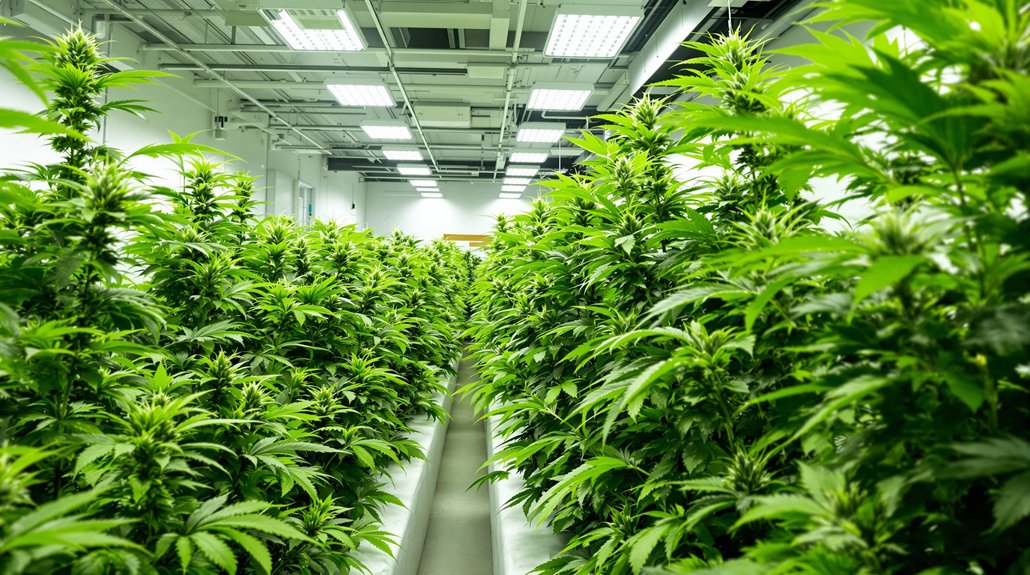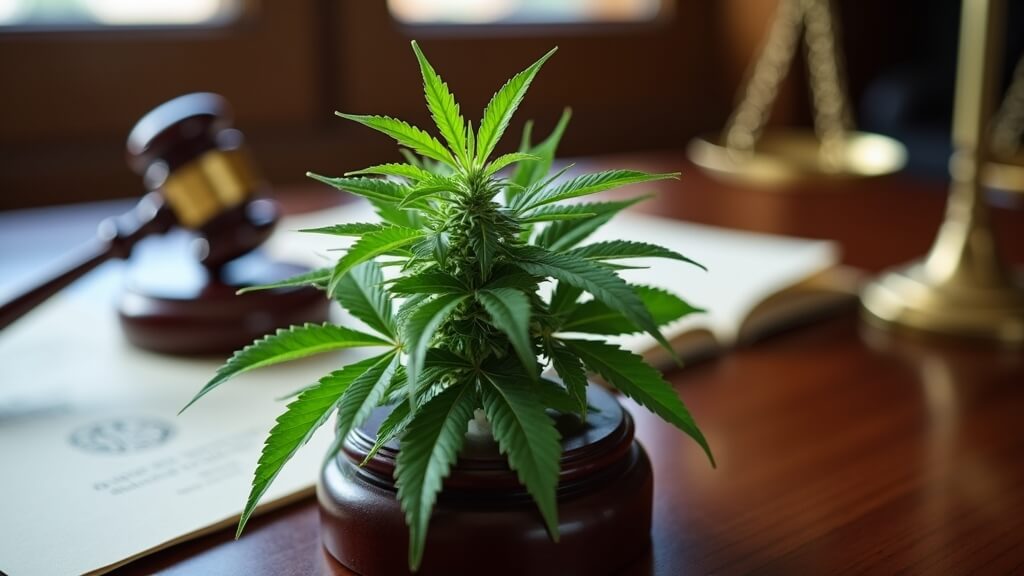As Oklahoma advocates prepare to launch another attempt at legalizing recreational marijuana, they face a considerably more challenging landscape than previous efforts due to new state restrictions on the petition process.
State Question 837, which seeks to legalize recreational marijuana use for adults aged 21 and over, requires collecting 172,993 valid signatures between August 6 and November 3, 2025, to qualify for the 2026 ballot.
The path forward has become notably more difficult following the enactment of Senate Bill 1027 in May 2025. This new law introduces substantial restrictions on the initiative petition process, including county-level signature caps designed to force broader geographic participation beyond urban centers.
The legislation also mandates additional administrative requirements and hurdles for signature gatherers, marking the first time such restrictions will apply to a recreational marijuana petition process.
Legal challenges against SB 1027 have been filed in the Oklahoma Supreme Court, with advocacy groups arguing that certain provisions may be unconstitutional. Critics claim the law burdens the petition process through extra administrative work and may suppress voter-driven initiatives, creating tension between direct democracy and legislative control.
While the court has not blocked the law, it remains under review as the petition process moves forward.
Advocates have strategically chosen to pursue State Question 837 as a constitutional amendment rather than a statutory proposal. This approach requires more signatures but offers stronger protection from legislative alteration if passed.
The measure includes legal protections preventing denial of healthcare, housing, or employment due to legal marijuana use and addresses concerns about impacts on the existing medical marijuana industry.
However, notable opposition has emerged from law enforcement and public health officials. Authorities express concern about black market expansion, noting that Oklahoma’s illegal marijuana market already involves organized crime from 12 countries and three continents.
They argue that recreational legalization could make tax enforcement more difficult and illicit operations more lucrative.
Public health data adds another layer of concern to the debate. Since medical marijuana legalization in 2018, youth marijuana usage in Oklahoma has increased 73 percent, pushing the state from 43rd to third nationally among 12- to 18-year-olds.
Usage among sixth graders aged 11-12 has risen 30 percent during the same period.
The previous recreational marijuana initiative, State Question 820, was rejected by voters in March 2023, indicating that public opinion remains divided on the issue. Oklahomans for Responsible Cannabis Action, the organization backing the current effort, remains confident in their ability to meet the signature requirements despite the increased obstacles.
The emerging cannabis tech sector, with regulatory compliance tools enabling better tracking and verification, could address some of the enforcement concerns raised by opponents if legalization moves forward.
As the 2025 petition window approaches, supporters must navigate both legal challenges and growing concerns about youth usage while meeting notably higher procedural requirements. The group has already received approval to begin the signature collection process once the official window opens.









